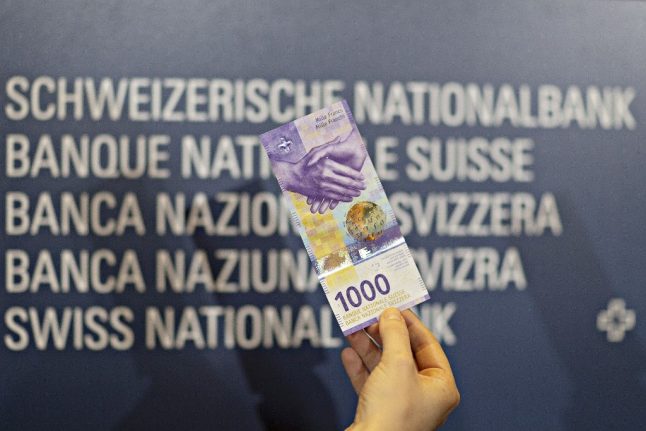Designs for the new series of notes were first made public by the Swiss National Bank (SNB) in 2005.
Initially, the central bank planned to put the high-tech bills into circulation by 2010, but this date was put off until later this year.
Now, the Tages-Anzeiger newspaper is reporting that the new money will not see the light of day until at least 2014.
The newspaper says the problem for the delay lies with a paper manufacturer in the canton of Graubünden.
In February, the SNB announced “unexpected technical problems” for delaying the release of the notes for at least a year.
The central bank did not go into details.
But Tages Anzeiger says the problem lies with LandQart, a company based in the Graubünden town of Landquart, which supplies paper to Orell Füssli, a firm that has printed Swiss money for decades.
LandQart, taken over by the Canadian company Fortress in 2006, is apparently having difficulties producing paper of the right quality on a consistent basis, the newspaper says.
The SNB has high demands for notes that meet cutting-edge requirements for security against counterfeiting.
LandQart reportedly provided paper to Germany’s state printer for the production of euros that was defective because a security band “oxidized”.
The German printer is not commenting on the situation.
The Swiss National Bank says the current banknotes “continue to offer a high standard of security and can be produced in sufficient quantities”.
As a result, “the supply of high-quality banknotes is guaranteed at all times”.
No firm date has yet been announced for the introduction of the new notes.


 Please whitelist us to continue reading.
Please whitelist us to continue reading.
Member comments